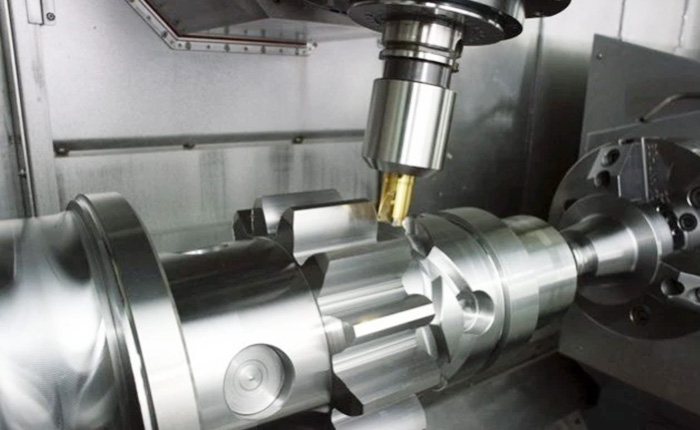Nov . 07, 2024 08:01 Back to list
Effective Techniques for Utilizing a Thread Gauge in Precision Measurement
The Importance of Using a Thread Gauge in Precision Engineering
In the realm of precision engineering and manufacturing, the smallest details can significantly influence the functionality, safety, and efficiency of mechanical assemblies. Among various tools employed to ensure dimension accuracy, the thread gauge stands out as a crucial instrument for verifying and measuring threaded connections. This article delves into the importance, types, and proper use of thread gauges to highlight their role in maintaining precision in engineering.
Understanding Thread Gauges
A thread gauge is a measuring tool designed to assess the accuracy and dimensions of screw threads. It typically consists of a series of blades or slots that reflect the specific pitches and profiles of various thread types. The primary function of a thread gauge is to determine if a screw or bolt meets the specified tolerances for a particular application. Accurate measurement is vital; even a minor deviation can lead to operational issues, such as loosening over time or failure under load.
Types of Thread Gauges
There are primarily two types of thread gauges Go/No-Go gauges and Thread pitch gauges.
1. Go/No-Go Gauges This type offers a binary measurement—either the thread fits (Go) or it does not (No-Go). They are typically used for checking the dimensions of a screw or threaded hole against minimum and maximum values. If the Go gauge fits but the No-Go does not, the threaded component meets the required specifications.
2. Thread Pitch Gauges These are used to measure the pitch of the threads, that is, the distance between each thread crest. This is essential for ensuring that threaded components can be mated correctly. Available in both metric and imperial measurements, these gauges can have blades with various pitches to accommodate different thread standards.
Proper Usage of a Thread Gauge
Using a thread gauge requires precision and care. Here are some best practices for effective use
use of thread gauge

1. Clean the Threads Before measuring, ensure that the threads of the component are clean and free from debris. Contaminants can lead to inaccurate readings and misjudgment of fit.
2. Select the Appropriate Gauge Choose the right type of gauge based on whether you are measuring the pitch or testing the fit. Understanding the specific requirements of the application at hand is critical.
3. Visual Inspection Start with a visual inspection of the threads to identify any obvious defects such as wear, damage, or incorrect angles.
4. Engage the Gauge Slide the gauge onto the thread until it fits snugly without force. For a Go gauge, the fit should be precise, while the No-Go gauge should not fit. If both fit, it indicates the need for further inspection or potential replacement.
5. Record Findings Keep accurate records of all measurements. This documentation can assist in quality control processes and serve as a reference for future inspections.
The Impact of Thread Gauges on Quality Control
Using thread gauges contributes significantly to quality control in manufacturing processes. Consistent verification of thread dimensions ensures higher product reliability, reduces the risk of assembly failures, and enhances safety standards. Moreover, compliant products minimize warranty claims and increase customer satisfaction.
Conclusion
In conclusion, thread gauges are indispensable tools in precision engineering, providing essential measurements that ensure the reliability and performance of threaded components. Whether in manufacturing, maintenance, or quality control, the effective use of thread gauges can make a remarkable difference in the longevity and efficiency of mechanical systems. Understanding their types and functions not only enhances the skill set of engineers and technicians but also fortifies the foundation of safe and efficient engineering practices.
-
Why Metric Trapezoidal Thread is Ideal for Precision Motion ControlNewsAug.05,2025
-
The Unique Properties of a Block of Granite for Industrial UseNewsAug.05,2025
-
The Role of Flanged Y Strainers in Preventing Pipeline ClogsNewsAug.05,2025
-
The Importance of Regular Calibration for Master Ring GagesNewsAug.05,2025
-
How a Cast Iron Surface Table Enhances Accuracy in ManufacturingNewsAug.05,2025
-
Comparing Different Check Valve Types for Optimal Flow ControlNewsAug.05,2025
Related PRODUCTS









